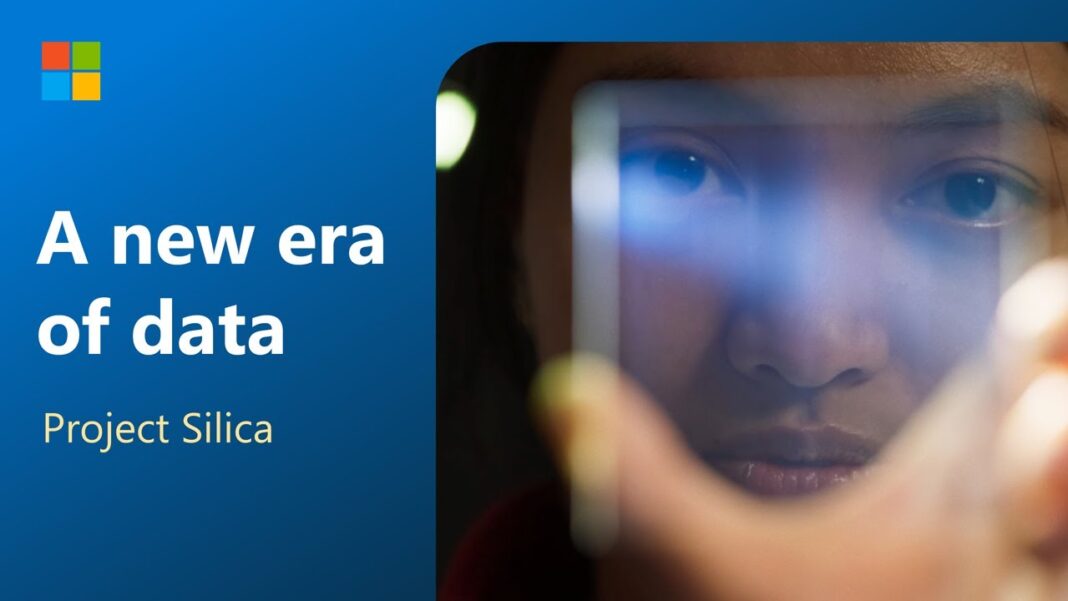In an era of rapid technological advancements, data storage solutions have continued to evolve to meet growing demands. However, with the recent revelation of Microsoft’s Project Silica, we’re witnessing the dawn of a revolutionary approach to long-term data storage: storing data on quartz glass.
What is Project Silica?
Initiated by Microsoft Research, Project Silica aims to leverage the unique properties of quartz glass to store data securely and durably. By using femtosecond lasers, data is encoded in the glass by creating microscopic physical changes at the nanoscale. The patterns of these changes can then be read out using machine learning algorithms, making the retrieval process both sophisticated and accurate.
Why Quartz Glass?
The choice of quartz glass is no accident. Here are a few reasons why it’s an ideal medium:
Durability: Quartz glass is incredibly resistant to many environmental factors like heat, humidity, and even magnetic fields. This makes it a perfect medium for long-term storage where conventional hard drives or optical discs might fail.
Stability: Unlike other data storage solutions, quartz glass doesn’t degrade over time. This means data stored today could potentially be read centuries from now without loss.
Density: With the ability to store data in multiple layers within the glass, the potential storage density is significantly higher than that of current technologies.
Real-world Applications
Microsoft’s first collaboration in showcasing the potential of Project Silica was with Warner Bros., storing the 1978 “Superman” movie on a piece of quartz glass roughly the size of a coaster. This not only exemplifies the technology’s ability to handle large amounts of data but also underlines its potential for archiving historical and culturally significant content.
Challenges and the Future
Like all cutting-edge technologies, Project Silica does come with its set of challenges. The reading and writing processes are currently slower than other modern storage solutions. But as the technology matures and with investments in further research and development, these issues are likely to be addressed.
In conclusion, Microsoft’s Project Silica presents an exciting glimpse into the future of data storage. As we generate more and more data, solutions like this not only offer a way to store data compactly but also ensure its preservation for future generations. With its promise of durability and stability, Project Silica might just be the answer to our ever-growing storage needs.

































